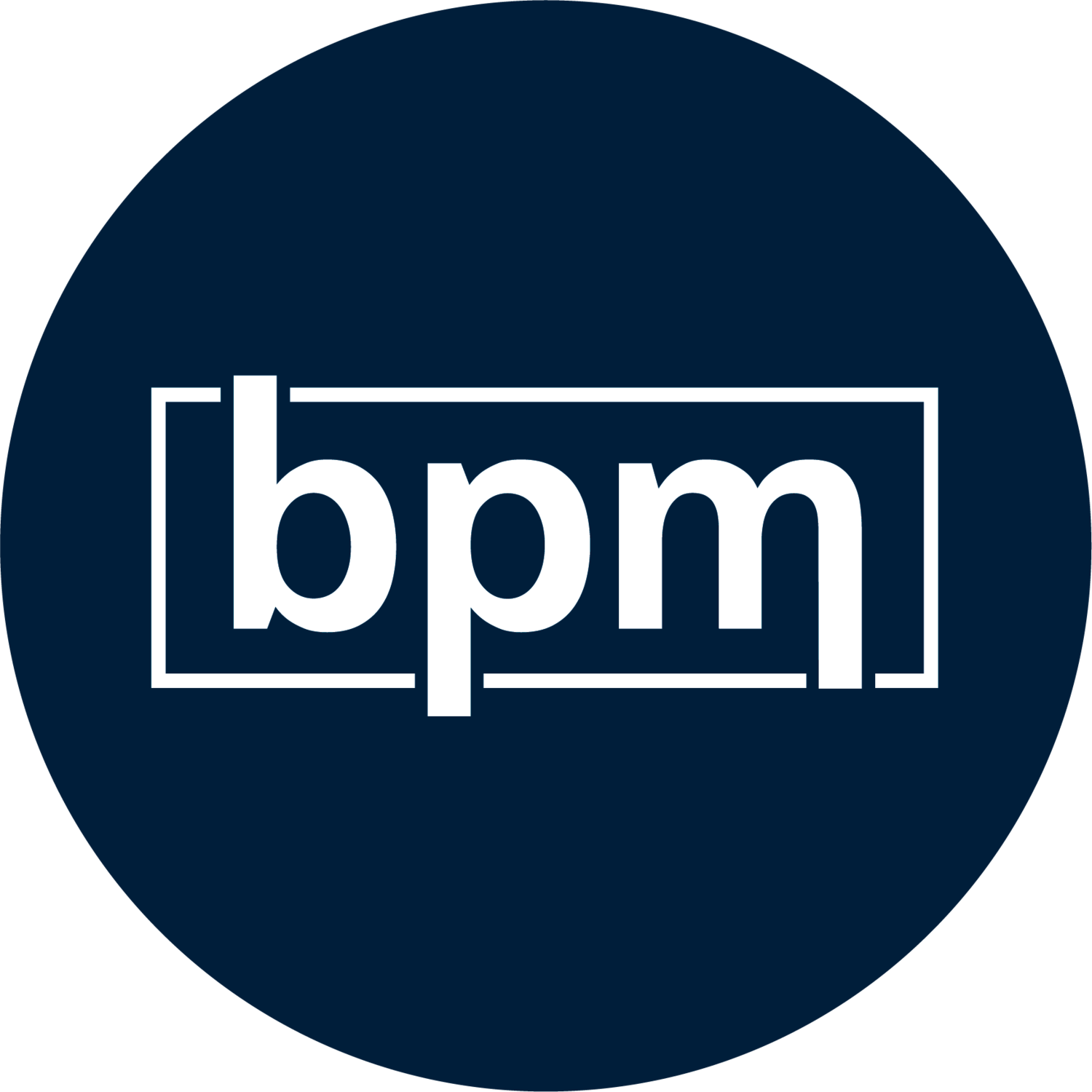FITchat: Navigating Uncertain Times: A BPM Perspective
A lot of the discussions I've been having these days start with a version of the same question 'how am I managing in the current market'. As the founder of BPM, it's not an unusual question to be asked, given the tough economic climate we are faced with.
The current economic climate in New Zealand, marked by fluctuating market conditions and rising uncertainty, has made leadership more complex than ever. What’s more, the need for mental and physical resilience has never been greater. One often-overlooked tool that can offer valuable insight into how we manage stress, make decisions, and maintain peak performance in life and business is heart rate variability (HRV).
HRV measures the variation in time between your heartbeats and is a direct reflection of the health of your autonomic nervous system (ANS). It serves as an indicator of how well your body can adapt to stress and recover from challenges—two things that are at the heart of what I’ve always advocated for, due to their direct correlation with how we can adapt in stressful and challenging situations as project managers and cost consultants.
We’re constantly making decisions under pressure, working to tight deadlines, responding to unexpected events and fluctuating client expectations and are ultimately responsible for the success or not of a project. Similarly in business, we're responding to market changes, ensuring the viability of business, and managing the wellbeing of our teams. In this environment, monitoring HRV provides a powerful, data-driven reflection of how our body is coping with stress and helps to predict when you’re at risk of burnout.
By integrating HRV tracking into your daily routine, you can gain a clearer sense of when your body is thriving or struggling. It gives you the awareness to align your decisions and performance with how well your body and mind are truly functioning.
When HRV is high, it suggests that our ANS is flexible and able to cope with stress. This is the optimal time to make key decisions, plan growth strategies, and push forward with complex projects. On the other hand, if your HRV dips, it signals that your body is under more strain. During these periods, it may be wise to step back, delegate more effectively, and focus on recovery before burnout affects your decision-making.
New Zealand’s current landscape presents a unique challenge for both business and project leaders needing to balance innovation with cost efficiency. HRV is not just a tool for managing personal stress but a strategic indicator that can help you maintain a sustainable pace over the long term.
In the construction sector, where BPM operates, the stakes are high, and project outcomes depend on precise timing and judicious decision-making. HRV allows leaders like myself, to maintain clarity, adaptability, and focus. These key traits are needed to drive performance in the face of external pressures.
At BPM, we’ve always strived to combine industry-leading project management, with a focus on the wellbeing of our team. It's about ensuring that the human element of our project role remains resilient, adaptable, and ready to navigate challenges- the calm amongst the storm.
In business, leadership in these times is not just about having the right business strategy—it's about ensuring better decision-making and fostering a sustainable work-life balance. Being attuned to both your body and your business can be the defining factor between thriving and merely surviving.
HRV is one such tool that helps us lead with clarity, agility, and the endurance required to weather both personal and market-driven storms.


